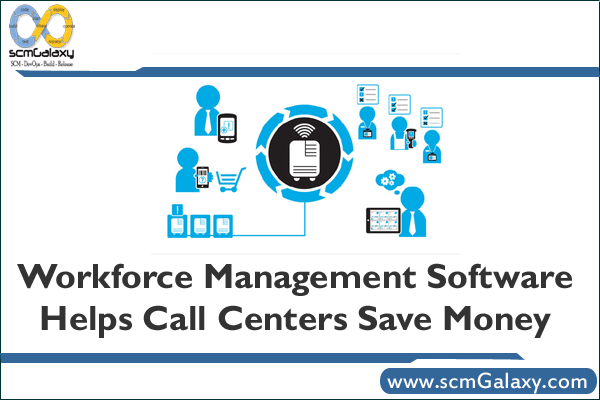

One way to increase revenues in your inbound call center might be via workforce management software.
For call centers that realize revenue by answering calls (be they catalogues, reservation centers, what have you), workforce management automation can help reduce queue times and improve service, thereby reducing the number of abandoned calls and increasing revenue calls completed.
These call centers can increase revenues by tens of thousands of dollars per year in addition to the cost savings.
And since cost is a prime consideration, you’ll want to look at the SaaS (News – Alert)-based model.
Do be careful, though: “Often vendors who sell on-premise software may offer a hosted model for on-demand options and often misleadingly call it SaaS-based software,” say officials of Monet Software, which offers cloud-based WFM. “However, sometimes it’s simply a hosted client server application on a server at the vendor’s site, providing an application that was not originally designed to be hosted and delivered, with a few changes, over the Web via a single, dedicated server.”
You’ll be able to tell such impostors as they’ll almost always lack multi-tenant architecture and require separate servers and installations for each customer. In the end, Monet officials warn, they’re “much more costly and less scalable, and also usually require support for multiple releases, which is very resource intensive.”
Genuinely useful SaaS workforce management software, however, is a boon to users. A product such as Monet WFM Live uses a new multi-tenant architecture “designed to deliver Web-based applications at the lowest possible cost,” company officials say, focusing on “fast set up, low operating costs through shared services, highest security for Web-based deployment and high performance and scalability through the scaling of computer resources also called ‘elastic cloud computing.'”
This is nicely cost-effective, as it ensures available computing capacity only when you need it, at the lowest possible cost.
With SaaS there’s no large upfront investment for software and hardware either, it’s usually offered via a low monthly subscription fee that includes support, maintenance and upgrades.
And of course with the SaaS provider managing the IT infrastructure, costs are lowered by avoiding IT participation time for hardware and software issues as well as the personnel resources required for IT management. These “hidden costs” for hardware replacements, upgrades, and IT operation resources are typical for other premise-based software.
I’m a DevOps/SRE/DevSecOps/Cloud Expert passionate about sharing knowledge and experiences. I am working at Cotocus. I blog tech insights at DevOps School, travel stories at Holiday Landmark, stock market tips at Stocks Mantra, health and fitness guidance at My Medic Plus, product reviews at I reviewed , and SEO strategies at Wizbrand.
Please find my social handles as below;
Rajesh Kumar Personal Website
Rajesh Kumar at YOUTUBE
Rajesh Kumar at INSTAGRAM
Rajesh Kumar at X
Rajesh Kumar at FACEBOOK
Rajesh Kumar at LINKEDIN
Rajesh Kumar at PINTEREST
Rajesh Kumar at QUORA
Rajesh Kumar at WIZBRAND

 Starting: 1st of Every Month
Starting: 1st of Every Month  +91 8409492687
+91 8409492687  Contact@DevOpsSchool.com
Contact@DevOpsSchool.com
